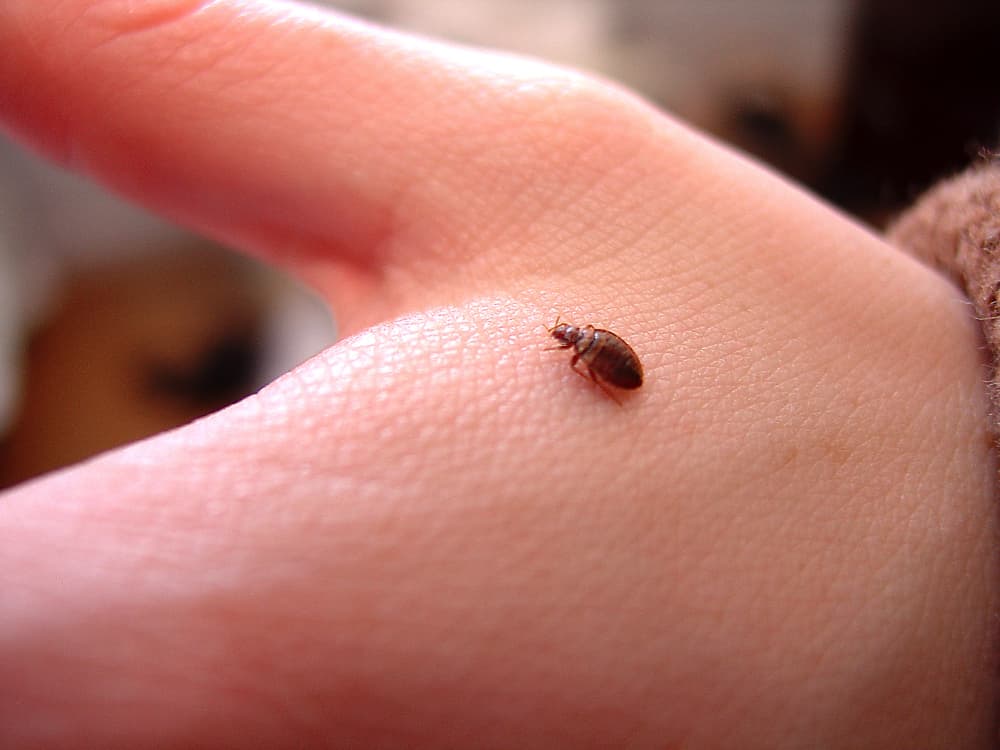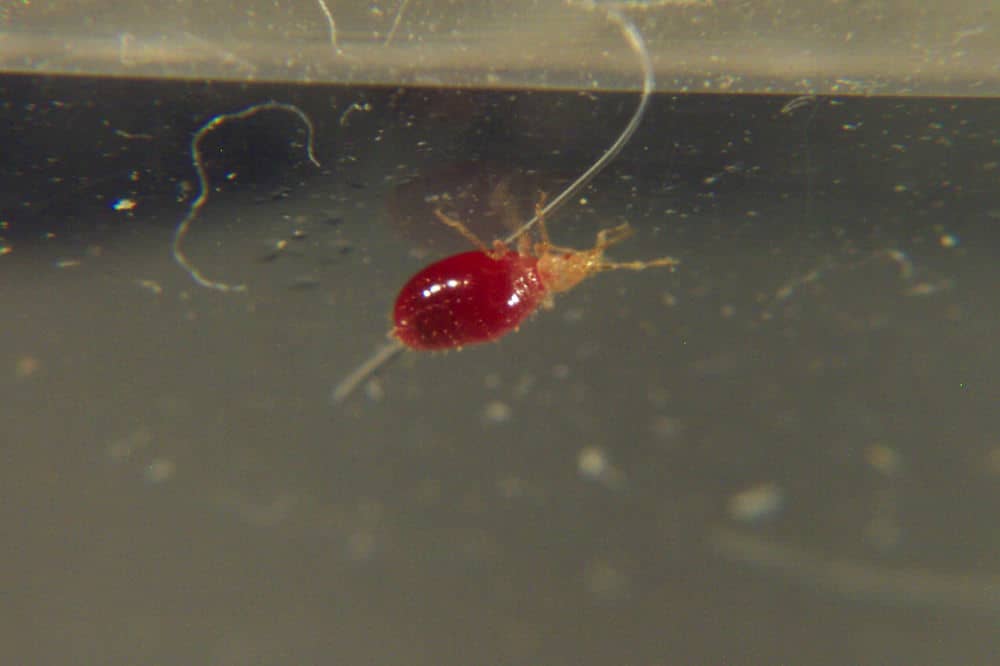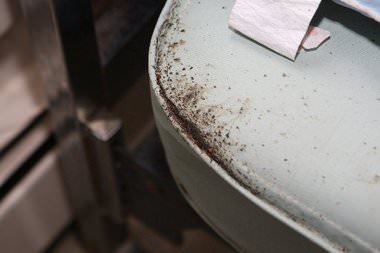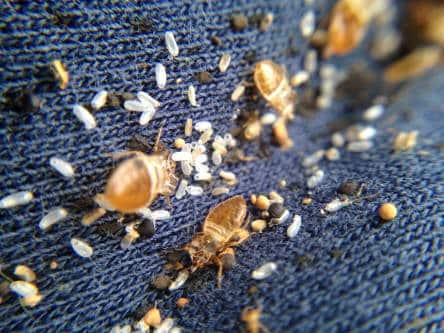How Do Bed Bugs Spread and Travel?
Bed bugs can be a severe nuisance to anyone who comes in contact with them. Unfortunately, bed bug infestation has become a growing problem in the United States, especially in major cities.
Bed bugs are industrious little creatures and are capable of surviving through harsh conditions with few resources; when it comes to how bed bugs spread, they’re able to do so in several different ways that we’ll discuss in greater detail below.
Where Are Bed Bugs Normally Found?
Bedbugs are found in several different places. Thanks to their flat shape and their ability to adapt to conditions that are less than ideal, it’s very easy for these bugs to hide seemingly anywhere.
Popular places for bed bugs to hide include inside homes, apartments, hotels, offices, and hospitals. In other words, you can find bed bugs anywhere that you can also find people. Usually, the bugs hide inside the folds of bedding, inside of mattress box springs, mattress seams and inside of bed frames. If you have a wooden bed frame, they’re particularly attracted to the cracks that may exist in the frame itself.
Bed bugs are also regular uninvited guests on planes, trains, and buses as well. This allows the bugs to hitch a ride to new areas as they search for a new habitat, and ultimately a new host to feed on.
How Do Bed Bugs Travel From Place To Place?
For the most part, bed bugs rarely travel within ten feet of their established feeding area. Yet if a bug is looking for a new host, it can travel greater distances, which is pretty impressive considering that a bed bug is about the size of an apple seed.
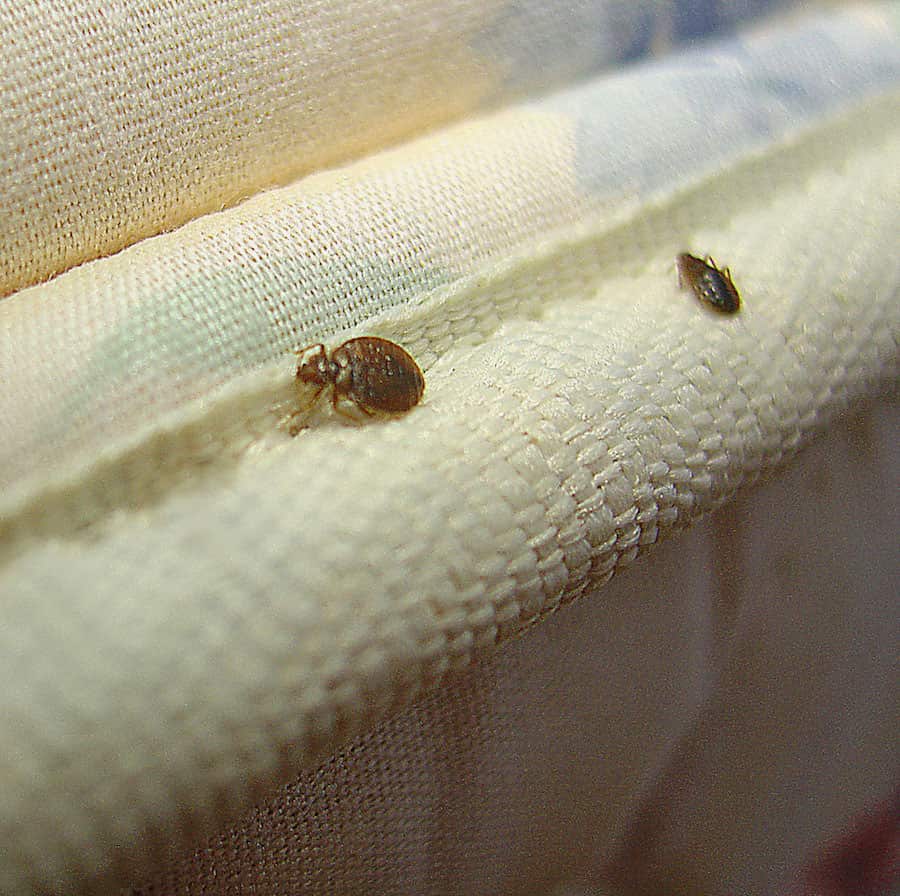
Bed bugs are also quite adept at hitching rides, too. While a bed bug can travel a great distance each night relative to their small size, they’re unable to travel very far in the grand scheme of things.
For this reason, bed bugs often hitch a ride in search of a new habitat. It’s common to find bed bugs on planes, buses trains, taxi cabs and all other forms of shared transportation. From there, a bed bug can hide on a person, or inside their luggage, bag or anything else they may be carrying. Before the host knows it, they’ve taken the bugs with them to wherever they’re going.
Since bed bugs can survive through adverse conditions, it isn’t uncommon for bed bugs to endure a long trip and ultimately arrive inside the home, office, or hotel room that the host will be staying.
How Fast Can Bed Bugs Spread Through The Home?
It takes a reasonably long time for bed bugs to spread throughout the home. Over time, a few bed bugs will turn into a full-blown infestation, with thousands of bugs to account for.
Let’s say for example, that you brought home a single female bed bug that has already mated. That bed bug will lay up to 100 eggs throughout the first month. These eggs will hatch at varying points throughout the month, and begin their road to maturity.
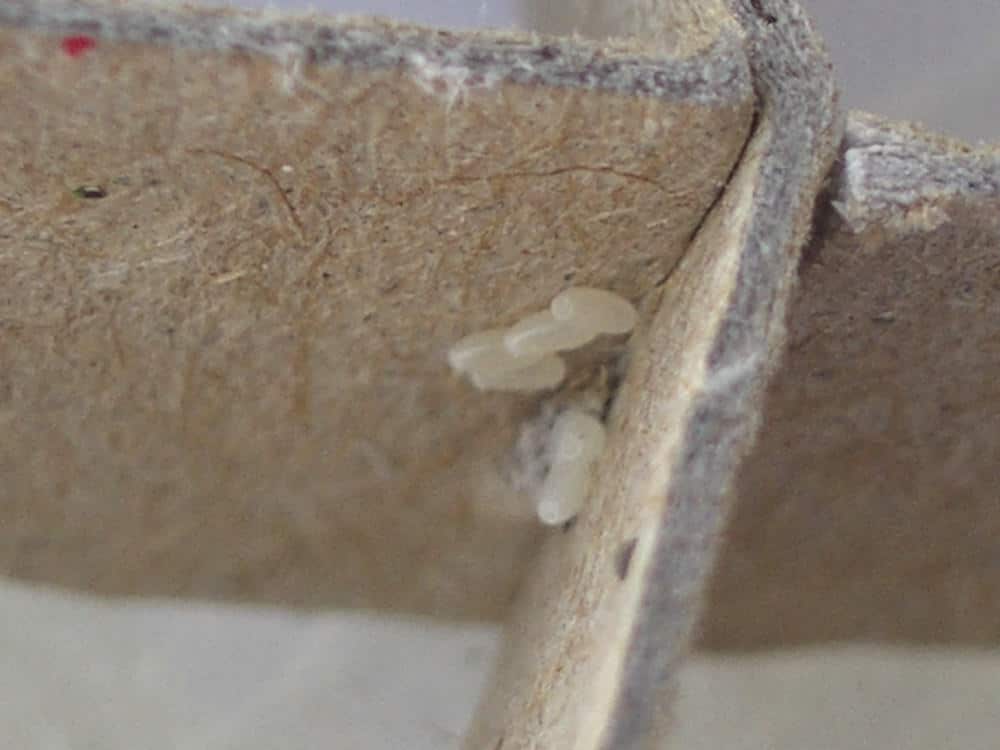
After another month has passed, several of the eggs that hatched the month prior will have reached breeding maturity, and that’s where the real problem starts. These mature bed bugs will mate with other adult bed bugs, and the population will begin to expand. By the end of the second month, you’ll have several mature bed bugs, well over a hundred baby bed bug nymphs that are just starting to develop, and hundreds of more eggs.
By the time the third month rolls around, you’ll have a full-blown infestation on your hands that can be very difficult to control without professional help. For this reason, early detection and remediation are critical.
Once there’s a full-blown infestation, bugs will begin traveling to different areas throughout the home, where they will lay in wait for an unsuspecting host to prey upon. Bed bugs can live for many months without a meal, which makes them extremely resilient.
Furthermore, bed bug eggs can lay dormant for more than a year while remaining viable. These eggs can hatch much later than the initial infestation and start the entire process all over again, which is why it’s critical to ensure that all bed bugs have been eradicated from the area, as this is easier than getting rid of bed bug eggs once an infestation has taken hold.
How Far Do Bed Bugs Travel At Night?
For the most part, bed bugs don’t like to stray very far from their last meal. Most insects will hang out around 10 feet from where they last fed, which is why it’s so common for them to be in and around sleeping quarters.
When it’s time for them to retreat, the bugs often make their homes in the folds of bedding, the seams of pillows and mattresses, bed frames and box springs. At night, they’ll return to feed again.

On the other hand, what about the bed bugs that don’t have a host to feed on? These bugs will travel great distances relative to their size in search of a meal. An adult bed bug can travel up to 100 feet each night trying to find a host.
For most bed bugs that have made it into a home already, they won’t have to travel that far to find their next meal. Those bugs that do travel, can do so by going through cracks or holes in walls, ceilings, and floors. Over time, they’re able to infest every room in your home. This is another reason why it’s critical to diagnose and remediate a bed bug problem as quickly as possible.
How To Prevent Bringing Bed Bugs Home With You
While it’s impossible to completely “bed bug proof” yourself and your home, there are several steps you can take to make it more difficult for these bugs to hitch a ride to your home.
Inspect Your Surroundings
The first thing you’ll want to do when entering new areas is to inspect your surroundings for evidence of bugs. This is especially important for travelers who are staying in hotels, motels or any other temporary residence. Bed bugs are visible with the naked eye, so if you look carefully enough, you do have a chance of seeing them moving.
Once you check into your room, carefully examine the bed and surrounding areas for evidence of bed bugs. Pay particular attention to the seams of mattresses, and pillows, the bed frame and box spring and any furniture in the surrounding area. Signs of an infestation include bed bug shells from molting, a somewhat sweet odor, brown or brownish-red spots or streaks on the bedding and actual bugs themselves.
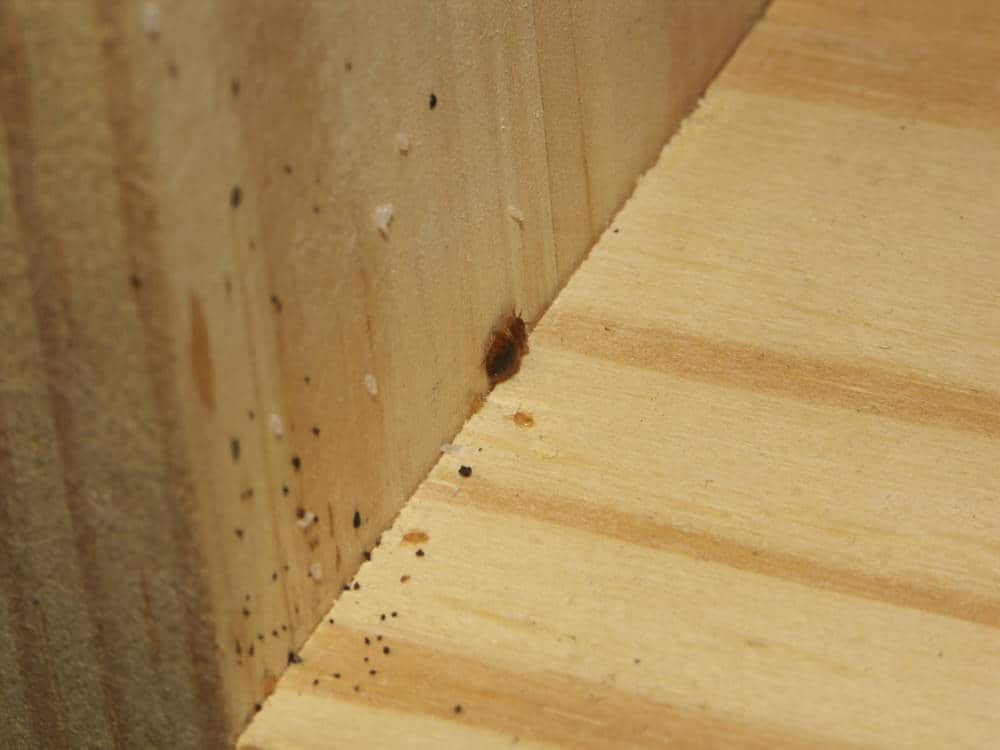
Inspect Your Belongings
We know that bed bugs are adept hitchhikers that regularly make themselves comfortable on luggage or inside purses, bags or other accessories. It’s very easy for a bed bug to attach itself to your luggage, or to travel from one bag to another on an airplane or bus.
For this reason, you’ll always want to examine your baggage when traveling closely. Even a quick ride in a taxi can leave your luggage infested with bed bugs if they’re able to migrate to your bags.
You’ll want to carefully examine your luggage the same way you’d check a room for bed bugs. Check all of the seams of your bags as well as your belongings inside your bags, as well.
Read Reviews
This can be especially helpful for frequent travelers. Most people who have encountered bed bugs at an establishment speak up about the issue. Travel review sites can be a valuable source of information when it comes to avoiding bed bugs. Steer clear of anywhere that has recently reported issues with bed bugs, and you’ll increase your chances of preventing these nuisances altogether.
Store Luggage Away From The Bed
The further you store your luggage away from the bed, the better. Consider using a luggage rack if one is available to you. Since these bugs cannot fly or jump, elevating your bags is a helpful way to prevent bugs from attaching themselves to your luggage.
Another place to consider storing your bags is in the bathtub. While bed bugs are relatively capable of traversing different terrain, they’re unable to climb or move well on smooth surfaces. Leaving your luggage in the bathtub is a sure way to ensure that bugs won’t be able to hitch a ride home with you on your luggage.
Neem Oil
When it comes to bed bugs, neem oil is a powerful insecticide that can help protect you from bugs, and keep them from coming home with you. Neem oil is toxic to bed bugs. If a bed bug comes in contact with a surface that’s been lightly misted with neem oil, they’ll ingest it and die.
Consider misting your luggage and bedding with a neem oil spray to kill any bed bugs that may have made their way to your bed or your luggage.
Use Your Dryer
As an added precaution, you may want to immediately dry all of the clothing that was in your luggage once you return home. Bed bugs are resilient, but they can’t survive temperatures above 115 degrees Fahrenheit. Dry your clothes on the highest setting possible, and you’ll kill any bugs or eggs that have made it onto your clothing.
Do Your Own Moving
If you’re going to be moving in the near future, consider doing the work yourself, or at least speak with someone at the moving company about the practices they have in place to prevent bed bugs from traveling to new homes.
Moving blankets are a popular place for bed bugs to hide, and if you’re not vigilant, you could unwittingly end up with an infestation of bed bugs in your new home thanks to a bed bug-infested moving blanket being used to transport your belongings.
Preventative Measures
As many people who have dealt with a bed bug infestation can attest to, it’s impossible to bed bug-proof yourself and your home completely. There are many things you can do to make it more difficult for bed bugs to thrive in your home, however.
Consider investing in a mattress encasement, which will cover both your bed and box spring. This dramatically reduces the number of places a bed bug can hide in or on your bed.
My recommended mattress protector is the SureGuard Mattress Encasement. It’s thick, strong, comes in many different sizes, and is certain to help stop bed bugs of all sizes from getting to, or from, your mattress.
To make sure you’re covered from all angles, the SureGuard Box Spring Encasement and Pillow Protectors, along with the mattress protector, will go a long way in helping to combat the infestation, and should help to ensure you sleep a bit better at night, too.
You may want to consider bed bug interceptors as well. These devices are small wells that are placed under the feet of your bed, and they trap bed bugs that are traveling up or down the bed frame.
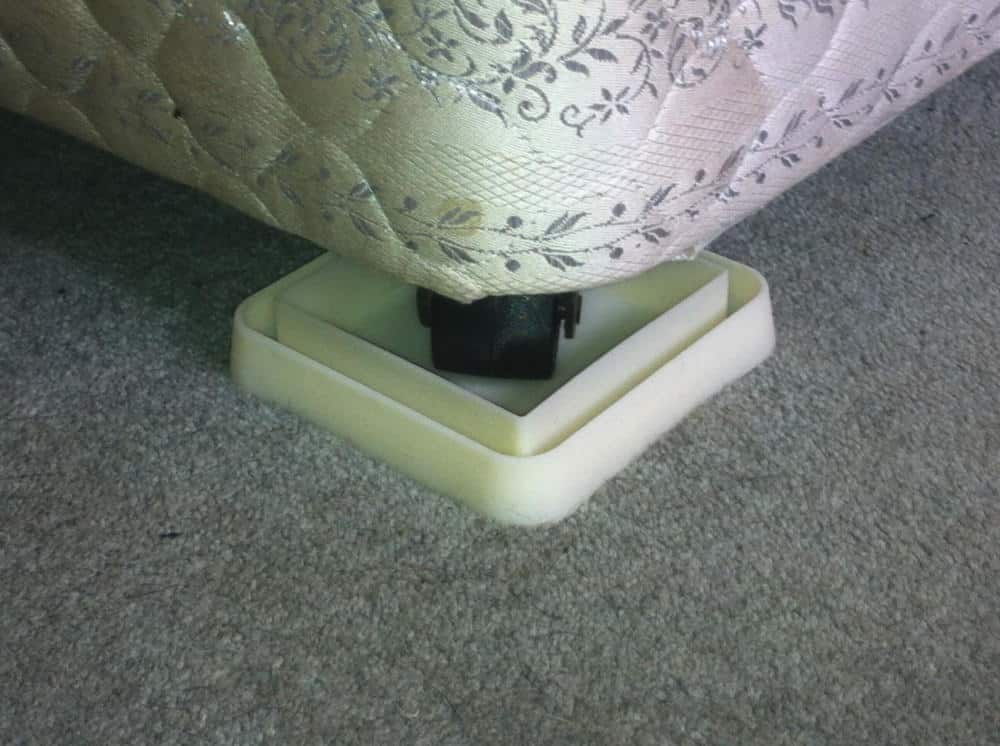
In my experience, the best and most effective bed bug traps are usually the ones that are designed to work in the simplest of ways. I’ve used the Bed Bug Blocker Interceptor Traps extensively and I find they do the job better than any other trap I’ve tried. You also get a very generous 8 interceptors per pack. Place them directly underneath the bed/table/chair legs you’re trying to protect, and watch the bed bugs fall into the traps time and time again with no chance of escape.
While interceptors won’t do much to protect you from bed bugs, they’re a foolproof indicator of a bed bug problem. If you notice bed bugs trapped in the interceptor, contact an exterminator immediately.
Another preventative step you can take is to regularly vacuum your mattress, box spring and bedding. This is a good practice in general, as it will allow you to remove any debris that’s settled on your mattress and furniture. When it comes to bed bugs, it can be a particularly helpful way to eliminate a full-blown infestation if you notice a few bugs have made it into your home.
When it comes to choosing a vacuum in your fight against an infestation, you need a product that can be reliable, and one that is powerful enough to create secure suction deep within fabric and carpet fibers. And remember; it’s imperative you choose a vacuum that’s installed with a HEPA filter to ensure it’s impossible for insects to escape once captured.
My personal favorite for this sort of job is the medium-priced Shark Navigator Upright Vacuum, which easily ticks all of the boxes I’ve just mentioned, as well as being lightweight and easily maneuverable.

Once you’ve finished vacuuming, place the vacuum bag, or the contents of the vacuum canister into an airtight plastic bag and throw it out immediately.
Another step you can take to make your home less hospitable to bed bugs is reduce clutter wherever possible. By reducing clutter, you’re able to reduce the number of places that a bed bug has to hide in your home.
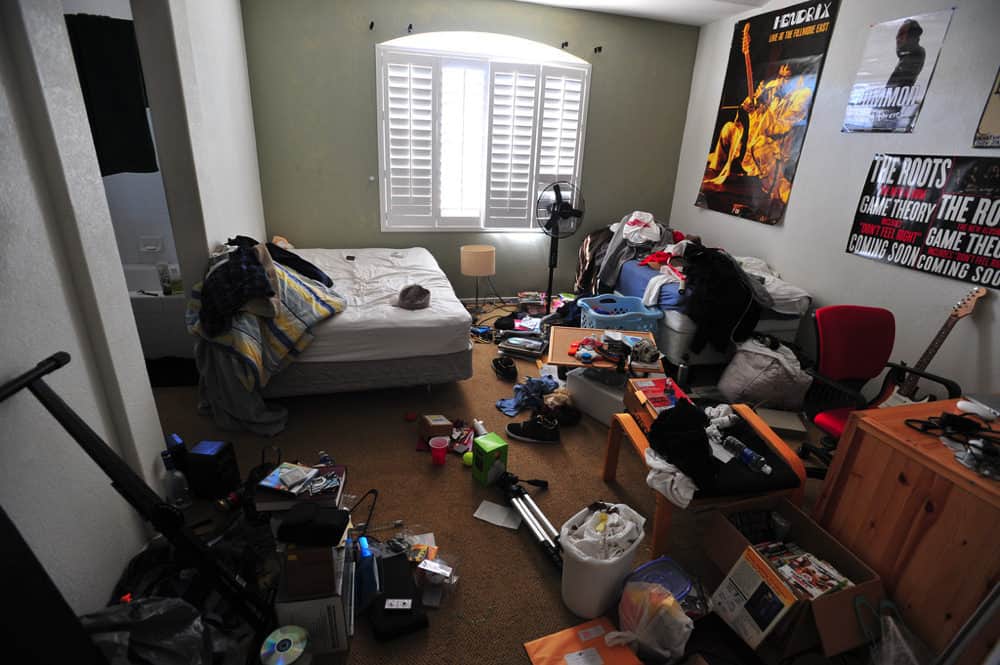
In addition to these tips, the Environmental Protection Agency offers several other tips as well. These tips may be particularly useful to those who live in a multi-family home or apartment.
Summary
When it comes to the question of how bed bugs spread, they’re very resourceful creatures. They’re able to travel up to a hundred feet each night in search of a meal. Given their proclivity for hitching rides to new locations, and their ability to survive for months without a meal, bed bugs can travel incredibly far distances if necessary.
While it’s impossible to prevent bed bugs from entering your home completely, or attaching themselves to your luggage, the tips above are all great ways that you can reduce your risk of a bed bug infestation.

